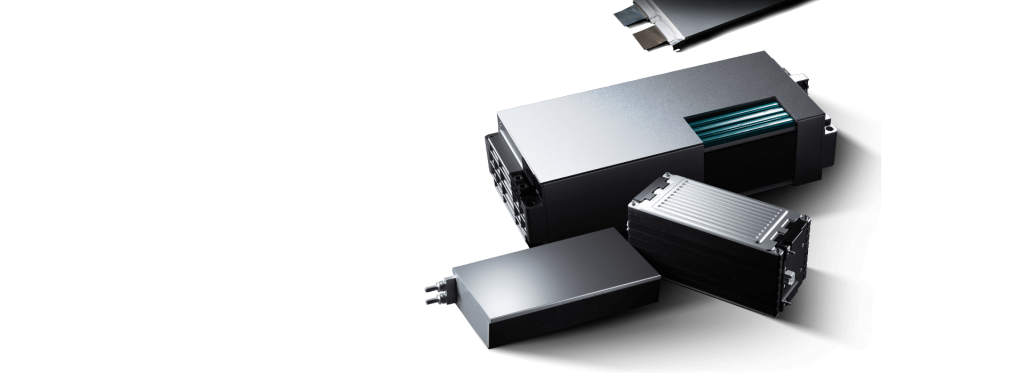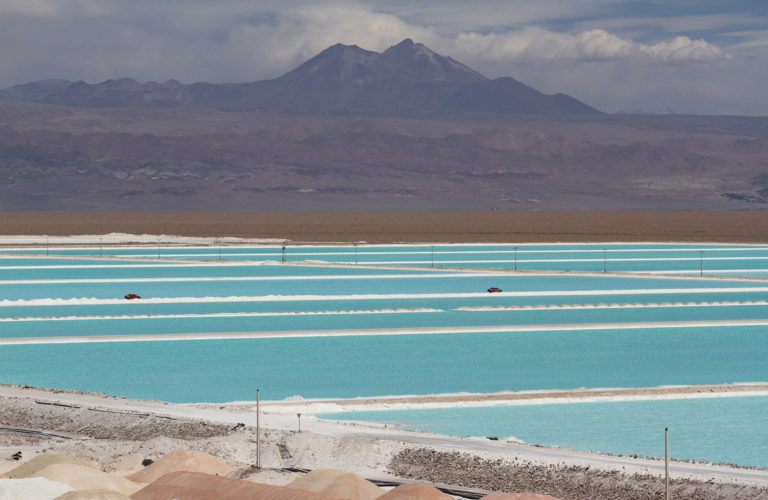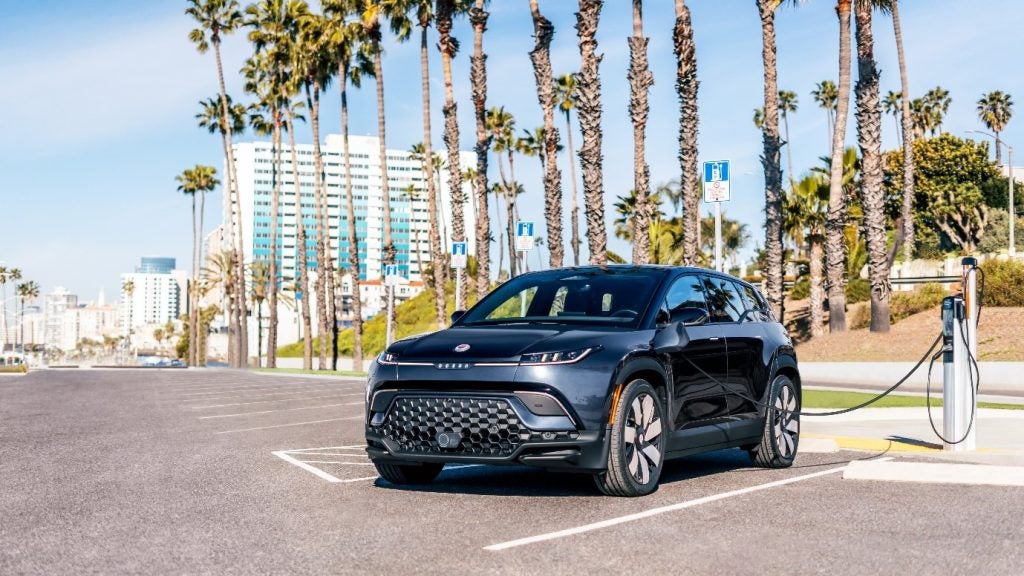Rivian Automotive. has filed a patent for an apparatus designed to remove hydrogen sulfide gas generated by a battery cell in an electric vehicle. The sorbent included in the apparatus aims to improve safety and efficiency in electric vehicles. GlobalData’s report on Rivian Automotive gives a 360-degree view of the company including its patenting strategy. Buy the report here.
According to GlobalData’s company profile on Rivian Automotive, Hydrogen fuel cells was a key innovation area identified from patents. Rivian Automotive's grant share as of January 2024 was 23%. Grant share is based on the ratio of number of grants to total number of patents.
Sorbent apparatus for removing hydrogen sulfide gas from electric vehicles
A recently filed patent (Publication Number: US20240033677A1) discloses an apparatus designed for electric vehicles to remove hydrogen sulfide gas generated from the battery cell. The apparatus includes a sorbent that can be coated on various components of the electric vehicle, such as the battery pack, cross members, and vehicle components, to effectively capture the hydrogen sulfide gas. Additionally, the sorbent can be housed in a cartridge with a fluid pathway to interact with the gas, or dispersed using a fan to flow the gas towards the sorbent. The sorbent is designed to react with and capture the hydrogen sulfide gas, which is generated by a reaction between water and sulfide-containing species from the battery cell.
Furthermore, the patent also describes a method for selecting suitable compounds for the sorbent based on their thermodynamic stability and reactivity with hydrogen sulfide gas. The method involves dividing candidate compounds into different sets based on specific criteria such as radioactivity, abundance, and stability thresholds. The compounds selected for the sorbent include binary and ternary metal oxide compounds like Mo9O26, W18O49, and Bi4O7, among others, known for their reactivity with hydrogen sulfide gas. This innovative approach aims to enhance the efficiency of the sorbent in removing hydrogen sulfide gas from electric vehicles, ensuring a safer and cleaner environment for users and the surrounding ecosystem.
To know more about GlobalData’s detailed insights on Rivian Automotive, buy the report here.
Data Insights
From

The gold standard of business intelligence.
Blending expert knowledge with cutting-edge technology, GlobalData’s unrivalled proprietary data will enable you to decode what’s happening in your market. You can make better informed decisions and gain a future-proof advantage over your competitors.







